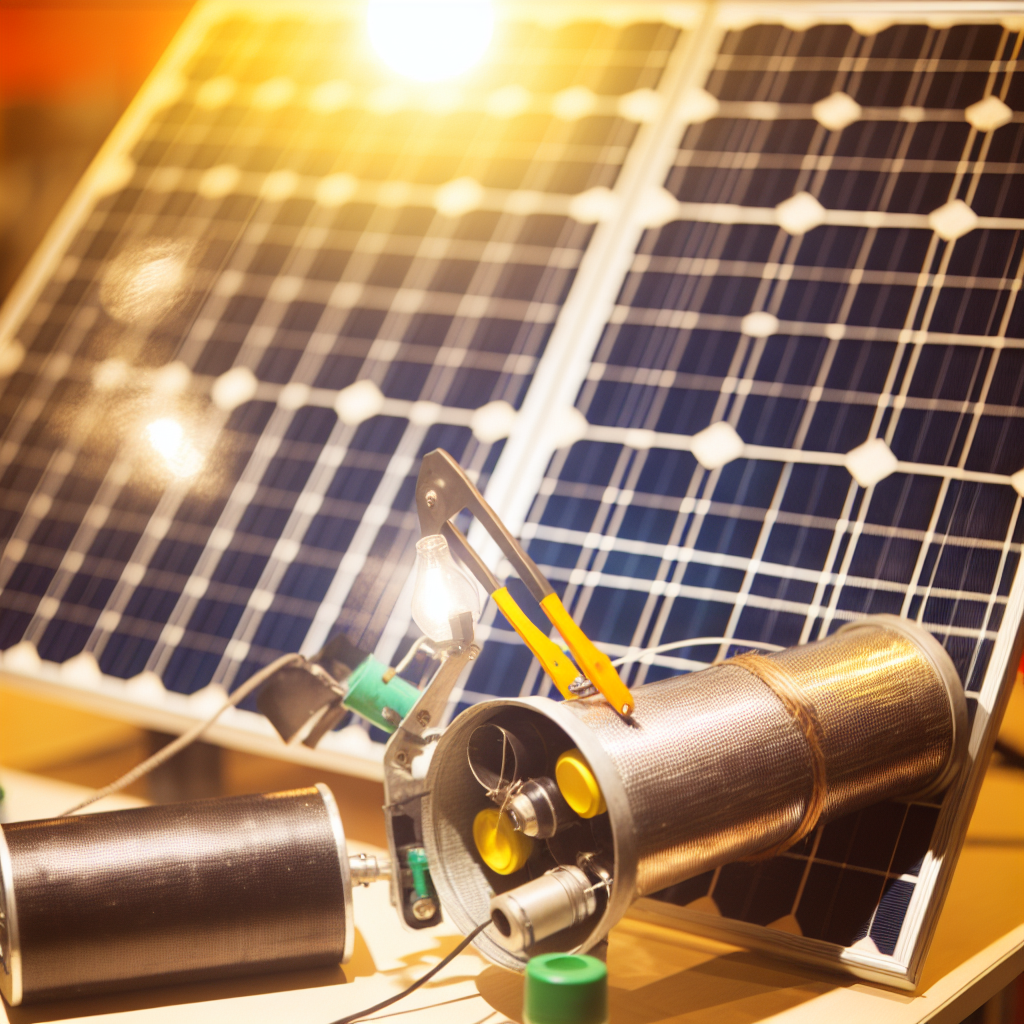Harnessing Solar Power with Simple, Everyday Items
In an inventive twist on renewable energy, a young man demonstrated how to create a solar power generation device using just an iron pot and a mirror. This innovative approach showcases how accessible materials can be repurposed to harness the sun’s energy, emphasizing creativity and sustainable solutions that anyone can try at home.
Transforming Everyday Items into Solar Energy Devices
The core idea behind this project is resourcefulness. The young inventor used a common *iron pot* and a *mirror* to concentrate sunlight and generate heat or power. The iron pot acts as a reflective and absorbing surface, while the mirror focuses sunlight onto it, increasing the temperature or generating heat efficiently. This setup leverages the principles of solar thermal energy—where sunlight is concentrated and converted into usable heat.
While small-scale and simple, this DIY device highlights critical aspects of solar energy technology, such as materials’ availability and the importance of directing and intensifying sunlight. Such innovations can inspire communities to develop low-cost, sustainable energy solutions without relying on expensive, commercial solar panels. It’s a testament to how ingenuity can make renewable energy accessible to everyone with basic household items.
Optimizing and Extending Your DIY Solar Device
To enhance the efficiency of a device like this, consider the following:
- Positioning & Angles: Adjust the mirror’s angle to maximize sunlight concentration during different times of the day.
- Materials: Use a highly reflective mirror and ensure the iron pot is clean and properly positioned for optimal heat absorption.
- Safety & Durability: Be cautious with concentrated sunlight to prevent burns or fires. Use heat-resistant materials and stable setups.
Beyond heating, such a device can potentially be used to generate steam, cook food, or even power small thermoelectric generators if integrated with additional components. The key is experimentation—modifying angles, adjusting materials, and finding creative ways to maximize sunlight capture. With patience and innovation, even simple household objects can contribute to sustainable energy practices.
Conclusion
This inspiring example demonstrates that anyone can explore solar energy with minimal resources. By repurposing everyday items like an iron pot and mirror, the young man showcased a low-cost, eco-friendly way to harness sunlight. Such inventive efforts emphasize that sustainable solutions are within everyone’s reach, encouraging further experimentation and innovation in renewable energy at a community level.
